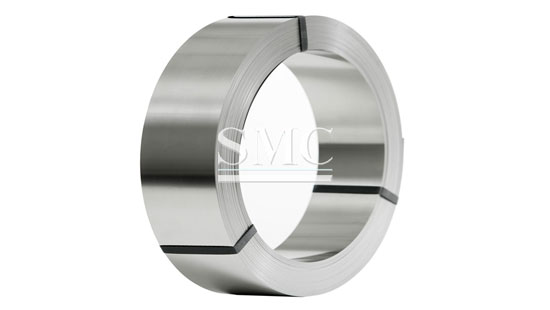Stainless steel has the ability to resist rusting and therefore it takes its name. This ability is caused by interaction between its alloying components and the environment to which they are exposed. Stainless steel is comprised of at least 10 per cent chromium. However, except this similiarity, there are many of various types of stainless steel. There various types of stainless steel are graded, usually in series which classify the steel from 200 to 600. Each kind of stainless steel has different properties and are even divided into different families. There are a vast ammount of stainless steel, but I will focus only on the few differences between 304 and 304L stainless steel
Stainless steel type 304 is one of the most used austentic (non-magnetic) types of stainless steel in the industry. It contains 8 to 10.5 per cent nickel and 18 to 20 per cent chromium what classifies it as stainless steel. Similar to 304, 304L contains the same ammount of chromium and might only slighty distinguish to 304 in terms of nickel percentage. Like every stainless steel, both have a strong corrosion resistance. Regarding the malleability and welding property, stainless steel has very good results. Furthermore, it has a good drawability, so it can be formed in a lot of different shapes.

In contrary, Type 304L has lower mechanical properties. It is widely used nevertheless because of its versatility. Basically, Type 304L is an extra-low carbon version of the 304 steel alloy. The low carbon content leads to a minimalization of harmful carbide precipitation which can be a result of welding.
Both stainless steels are commonly used in the food industry, mainly in beer-brewing and wine-making, and for chemical containers. Type 304 is contained in mining equipment, heat exchangers and construction. Type 304L is ideal to be used in nuts, bolts or other metal parts which are exposed to salt water.
Guest contributors are welcome at the Alloy Wiki.It is a weekly wiki and guide on alloy information and processing technology, while also about the vast array of opportunities that are present in manufacturing. Our team of writers consists of a Machining Material Supplier / Machinist / Tool and Die Maker, a Biomedical Engineer / Product Development Engineer, a Job Development Coordinator / Adjunct Professor, and a President and CEO of a manufacturing facility.
Link to this article:Explanation of 304 and 304L Stainless Steel
Reprint Statement: If there are no special instructions, all articles on this site are original. Please indicate the source for reprinting:Alloy Wiki,thanks!^^


